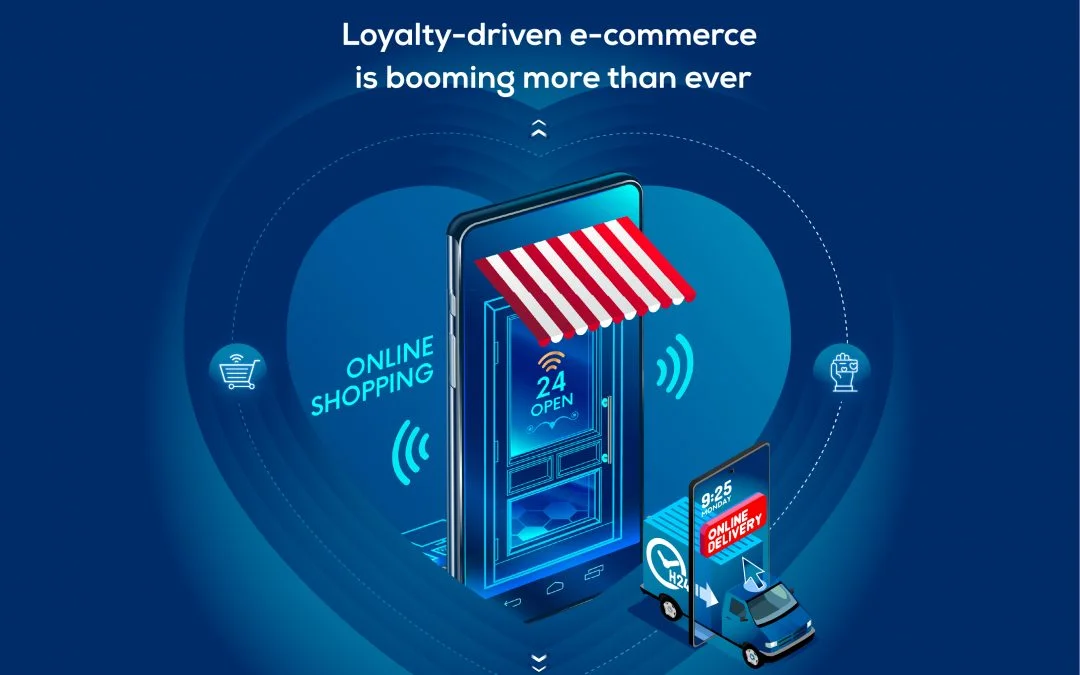- Design industry shaping loyalty programs
- Integrate easily and go live quicker
- Deliver hyper-personalized consumer experiences
Blue Rewards from Al Futtaim Group Shares Loyalty Success Stories and Evolution. Watch Podcast >
Capillary Announces 2nd Annual Captivate 2025 Summit: Transforming Loyalty Management with New AI Tech Read more >

In Part 1 of this series, we explored how omnichannel retail in India is evolving, shaped by changing consumer behavior, rapid ecommerce adoption, and growing demand for seamless experiences across channels. In this follow-up post, we turn our focus to the other side of the puzzle: the technology, data, and organizational enablers that help bring these omnichannel strategies to life.
Even as more brands embrace omnichannel retail in India, one of the biggest barriers to scale continues to be technology integration. Building a consistent and connected customer experience across touchpoints requires more than just intent. It demands a clear framework and the right backend systems to support inventory visibility, seamless data flow, and campaign execution.
From unifying CRM and POS data to integrating order management systems (OMS) with ecommerce platforms, every connection matters. Without these pieces in place, brands may struggle to deliver the kind of hassle-free, personalized experience that omnichannel retail promises.
To help navigate the complexity, here’s a simplified framework built around three core actions: Capture, Analyze, and Assess.
Before any omnichannel journey begins, brands must first capture the right customer data. This includes not only the products people browse and buy but also the platforms they prefer, the time of day they shop, and the promotions they respond to.
Capturing this information requires integrated systems and clean data pipelines. For organizations with multiple retail formats and disconnected databases, building a Master Data Management (MDM) system can help consolidate product and customer information. This is critical to standardizing operations and creating a single view of the customer.
Once data is captured, the next step is to make sense of it. This means using analytics platforms to understand buying patterns, segment customers by behavior, and map journeys across touchpoints. The goal is to go beyond transaction history and uncover meaningful insights like:
Retailers that invest in analytics capabilities are able to personalize marketing, adjust pricing, and tailor loyalty rewards based on real-time insights. This not only improves campaign ROI but also builds long-term loyalty.
The final step is to act on the data. This means rethinking operations, training store associates to use insights effectively, and investing in platforms that can deliver consistent experiences across every customer interaction, whether it’s on mobile, web, or in-store.
Retailers must also assess their current technology maturity. Are existing systems built to support omnichannel triggers like click-and-collect, endless aisle, or real-time offer redemption? If not, this becomes a critical area of focus.
Omnichannel success hinges on relevance. Customers expect promotions and messaging that are not only timely but also contextual. This is where marketing automation platforms, powered by real-time CRM insights, can make a difference.
Imagine a customer researching shoes online and walking into a store the next day. Your store associate should be able to access that interest and offer a personalized recommendation or a related offer. These small moments, when multiplied at scale, define the strength of a brand’s omnichannel strategy.
Retailers should also explore campaign orchestration tools that let them push offers across multiple channels, like mobile apps, SMS, in-store, and email etc., all while tracking response and redemption behavior in one place.
Even the most advanced technology stack won’t move the needle unless retailers adopt the right mindset. Omnichannel is about meeting customers where they are, however and whenever they choose to engage.
Many consumers still value the tactile experience of in-store shopping. They might research online but prefer to pick up the product themselves to avoid delivery delays or shipping costs. Others want the flexibility of browsing in a store and completing their purchase later through an app. Retailers need to design journeys that accommodate both.
This shift also involves redefining success metrics. Instead of only tracking store sales or online conversions, brands need to measure customer lifetime value, engagement across channels, and satisfaction during cross-platform journeys.
Implementing an omnichannel strategy in India isn’t just a digital challenge, it’s an organizational one. It requires alignment across departments, clean data, customer-centric thinking, and systems that talk to each other.
For retailers, the next frontier lies in using the right technology to deliver meaningful, consistent experiences. Those who can capture and act on customer insights, integrate operations across platforms, and empower their teams to respond in real-time will lead the way in India’s evolving retail landscape.
Want to perfectly integrate omnichannel loyalty strategies and deepen customer relationships?

May 22, 2018 | 4 Min Read
When Flipkart and Amazon hit the Indian market, brick and mo

July 25, 2014 | 4 Min Read
Smartphones are increasingly becoming an essential part of t

June 23, 2022 | 4 Min Read
If there were any questions about whether e-commerce is here